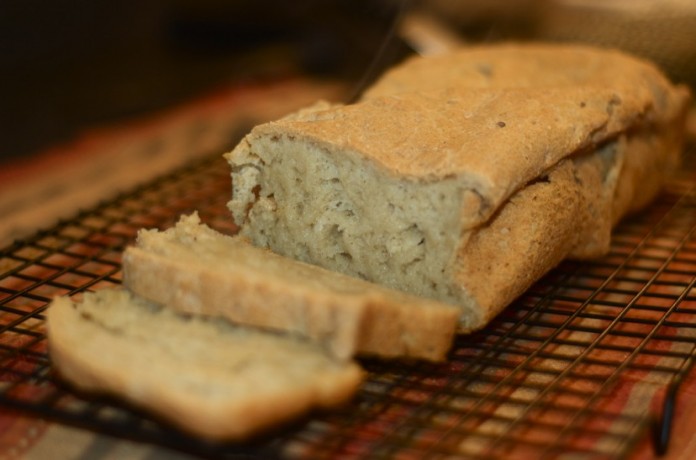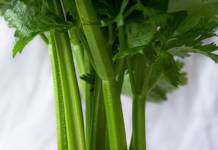With so many health trends out there, it may be easy to jump on the gluten-free bandwagon. But what if one of the most popular dietary topics truly applies to you? According to the National Foundation for Celiac Awareness, nearly 18 million people suffer from gluten intolerance. About 3 million of these individuals have celiac disease, and millions more have varying levels of gluten intolerance ranging from mild to severe. Out of 18 million with gluten intolerance, more than 80 percent aren’t even aware that they have it.
But before delving into exactly who suffers from gluten intolerance, let’s first define it.
What is Gluten Intolerance?
Gluten is a term used to describe the part of the protein found in wheat, barley, rye, spelt, and kamut. Gluten intolerance is an umbrella term that encompasses the entire category of gluten issues, including wheat allergy, celiac disease, and non-celiac gluten sensitivity. When a gluten intolerant person ingests gluten, undigested proteins stay in the gut. The immune system thinks the gluten is a harmful invader, and adverse bodily reactions ensue.
Typical Symptoms
The most obvious place gluten intolerance symptoms are experienced is in the GI tract. Gas, bloating, diarrhea, and constipation are typically experienced after consuming gluten.
Here are some other not-so-obvious signs you could be experiencing gluten intolerance:
- Migraine Headaches – Surprisingly, a large amount of migraines are caused by dietary allergens. Unfortunately, many other conditions trigger migraines as well, making it difficult to know if gluten is the culprit. However, migraine coupled with some of the other symptoms below may be an indication of gluten intolerance.
- Joint Pain, Inflammation, or Swelling, Especially in the Fingers, Knees, and Hips – Gluten, when ingested, causes inflammation in the body. One of the ways that inflammation manifests itself is in the form of joint pain.
- Mood Swings, Anxiety, and Depression – Many of us experience mood swings when we are hungry and don’t have anything to eat; but for the gluten intolerant, the foods ingested are what can cause mood disturbances.
- Neurological Problems – Feeling off balance or dizzy can also be an indication of gluten intolerance. In a 2012 study, the relationship between Meniere’s Disease and gluten ingestion was examined. It found that a significant number of those suffering from the disease also tested positive in a skin prick test for gluten sensitivity.
- Fibromyalgia – Medical experts have indicated that fibromyalgia, although a disease, is often a symptom of bigger problems. One of those problems could be gluten intolerance. Fibromyalgia is a specific way that inflammation from gluten intolerance can manifest itself in the body.
- Fatigue – When a person is gluten intolerant, their body is unable to absorb essential nutrients from food. When essential nutrients aren’t absorbed, fatigue is likely.
- Skin Rashes – Keratosis pilaris and dermatitis herpetiformis. Both of these skin ailments can be very itchy rashes, which commonly appear on the arms, face, thighs, and even the hairline.
Treatments Available
Although the best treatment for managing gluten intolerance is to avoid gluten altogether, it is easier said than done. Many common foods contain gluten and even trace amounts can be enough to a cause gluten intolerant person to react.
Eating Gluten-Free
Many of the foods we eat on a daily basis contain gluten and even items labeled “gluten-free” may contain trace amounts. It’s especially important for those who suffer from gluten sensitivity to read labels carefully and have special accommodations made at restaurants to prevent cross-contamination.
Common Ingredients Containing Gluten
- Wheat
- Wheat Germ
- Rye
- Brewer’s Yeast
- Barley
- Bulgur
- Malt
- Couscous
- Farina
- Graham Flour
These ingredients can be found in many of the staple foods of the American diet including: pastas, breads, cookies, pastries, cakes, beer, dressings and sauces, cereal, and crackers.
Learn a New Way to Cook Creatively!
Gluten is found in many common foods and eliminating it from your diet may feel restrictive, but it’s more about finding ways to cook creatively. According to gluten-free expert Jacqueline Mallorca, “You don’t have to give up breads or desserts — you can make outstanding versions with alternative flours.”
If you think you may have gluten intolerance, please consult a doctor for diagnosis and testing, before making the decision to change your diet and avoid gluten.
—
Photo credit: Jodi Michelle / CC BY-SA 2.0









I enjoyed your article Dr. Maxwell. Very interesting indeed. Please consider providing more information like this, the gluten problem that is.
Thank You.
Dan
Hi Dan,
Thank you for the kind words! I am glad you found this article helpful. I continue to evaluate the latest research regarding gluten, and will be publishing more articles soon. Please feel free to signup for our free Natural Health Newsletter at http://www.AskDrMaxwell.com.
Dr. Maxwell